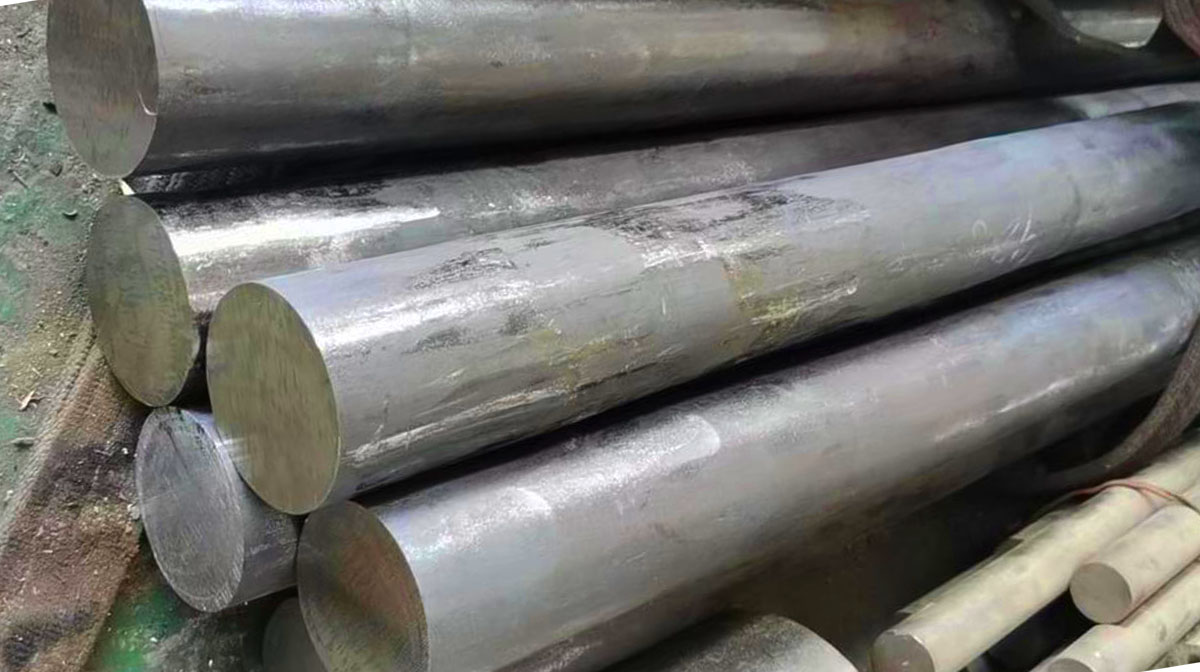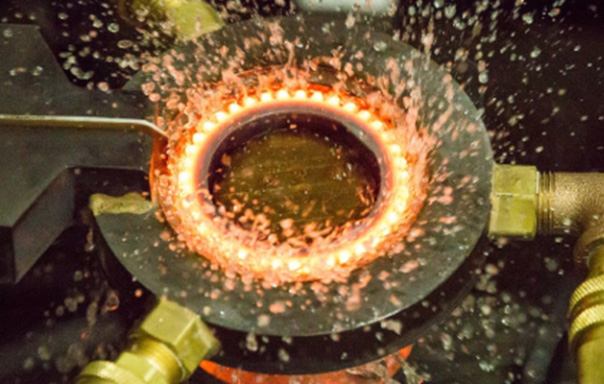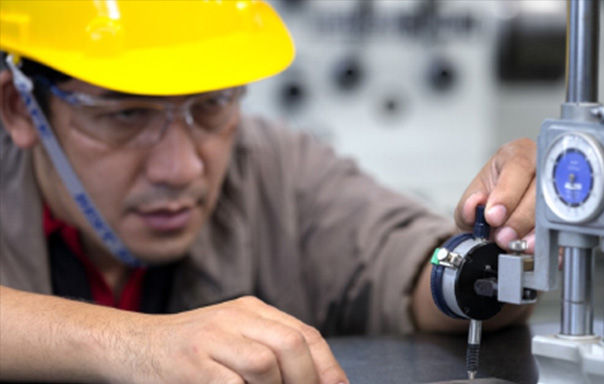In modern mechanical manufacturing, material selection directly affects product performance and service life. Alloy steels have become core foundational materials due to their excellent mechanical properties. Among them, SAE8620H steel (a low-carbon alloy structural steel under the SAE standard of the United States) is specifically designed for precision transmission components (such as gears). Relying on its precise composition and stable performance, it holds irreplaceable application value in industries such as automotive, tractor manufacturing, oil drilling, and metallurgical mining.
I. Chemical Composition and Core Properties of SAE8620H Steel
(1) Chemical Composition Specifications
In accordance with SAE J404 and ASTM A304 standards, its chemical composition (mass fraction) is controlled as follows:
Carbon (C): 0.18% - 0.23% (ensures hardenability and carburizing potential);
Silicon (Si): 0.15% - 0.35% (strengthens the matrix and improves elasticity and oxidation resistance);
Manganese (Mn): 0.60% - 0.90% (refines grains and enhances hardenability and workability);
Chromium (Cr): 0.40% - 0.60% (increases the hardness, wear resistance, and corrosion resistance of the carburized layer);
Nickel (Ni): 0.40% - 0.60% (enhances core toughness and low-temperature impact performance);
Molybdenum (Mo): 0.15% - 0.25% (improves hardenability and inhibits temper brittleness);
Phosphorus (P) ≤ 0.035%, Sulfur (S) ≤ 0.040% (controls harmful elements to prevent toughness degradation).
(2) Core Performance Characteristics
Performance Equivalence: It is equivalent to 20CrNiMo steel specified in China's GB/T 3077 standard, facilitating international technical exchange and material substitution;
Process Adaptability: The low-carbon design ensures good cold plasticity (elongation ≥ 15%). In the unheat-treated state (hardness ≤ 229HB), it is easy to machine, reducing manufacturing costs;
Strength-Toughness Balance: After carburizing + quenching + low-temperature tempering, the surface hardness reaches 58-62HRC (wear and fatigue resistance), while the core hardness remains 30-40HRC (tensile strength ≥ 900MPa, impact energy ≥ 40J), enabling it to withstand alternating and impact loads;
Fatigue Resistance: When the carburized layer depth is 0.8-1.2mm, the symmetric cyclic fatigue limit is 450-500MPa, meeting the long-term high-frequency operation requirements of transmission components.
II. Main Application Fields of SAE8620H Steel
(1) Automotive and Tractor Industry
As a core material for components such as precision gears, spline shafts, universal joint yokes, and gearbox gears, its high surface hardness and core toughness ensure stable power transmission and long component service life.
(2) Oil Drilling and Metallurgical Mining Equipment
It is used to manufacture cone bit claws, crusher tooth plates, and scraper conveyor sprockets. After carbonitriding or quenching-tempering treatment, it meets the strength and wear resistance requirements under extreme working conditions, reducing maintenance costs.
(3) Substitution and Extended Applications
It can replace 12CrNi3 steel. In carburized parts such as large motor gears, the addition of molybdenum enhances hardenability and toughness, while reducing costs by 5%-8%;
Extended applications include aerospace (transmission gears for small helicopters), construction machinery (rotary gears for excavators), and precision machinery (gear pairs for machine tool spindles).
III. Processing and Heat Treatment Specifications for SAE8620H Steel
(1) Processing Requirements
Pretreatment: Normalization (860-890℃ for 1-2h, air cooling, hardness 180-220HB) to eliminate internal stress; for parts requiring high precision, stress relief annealing (600-650℃ for 2-3h, furnace cooling) is performed after rough machining;
Cutting Parameters: For high-speed steel tools, the cutting speed is recommended at 80-120m/min; for cemented carbide tools, the cutting speed can be increased to 150-200m/min. Sufficient cooling is required to avoid surface hardening.
(2) Key Heat Treatment Processes
Carburizing and Quenching (for gears, shafts): Gas carburizing (900-930℃, surface carbon concentration 0.9%-1.1%) → Quenching (820-850℃, oil cooling) → Tempering (160-180℃, air cooling), with final hardness 59-61HRC;
Quenching-Tempering (for shafts, connectors): Quenching (850-880℃, oil cooling) → Tempering (550-600℃, air cooling), with hardness 28-32HRC and tensile strength 850-950MPa;
Carbonitriding (for parts requiring high wear and corrosion resistance): 820-860℃ for 2-4h (medium: ammonia + methanol + propane). After quenching and tempering, the hardness reaches 60-63HRC, and corrosion resistance is improved by 15%-20%.
IV. Conclusion
SAE8620H steel has become a core material in mechanical manufacturing due to its precise composition, excellent strength-toughness balance, and process adaptability. Its equivalence to 20CrNiMo steel supports localized material substitution. In the future, by optimizing smelting and heat treatment processes, its application will be further expanded in high-end fields such as new energy vehicle transmission systems and wind power equipment, providing support for the high-quality development of the manufacturing industry.


Baoshan District,
Shanghai, China.



